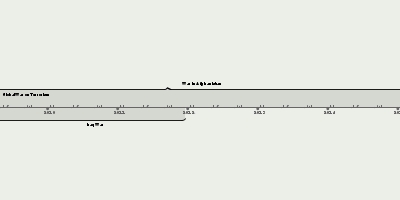26 déc. 1991 - Dissolution of the Soviet Union
Description:
The Soviet Union was formally dissolved as a sovereign state and subject of international law on December 26th, 1991 by Declaration No. 142-N of the Soviet of the Republics of the Supreme Soviet of the Soviet Union. It also brought an end to the Soviet Union's federal government and General Secretary (also President) Mikhail Gorbachev's effort to reform the Soviet political and economic system in an attempt to stop a period of political stalemate, economic backslide, internal stagnation, and ethnic separatism. Although highly centralized until its final years, the country was made up of 15 top-level republics that served as the homelands for different ethnicities. By late 1991, amid a catastrophic political crisis, with several republics already departing the Union and Gorbachev continuing the waning of centralized power, the leaders of three of its founding members, the Russian, Belorussian, and Ukrainian SSRs, declared that the Soviet Union no longer existed. Eight more republics joined their declaration shortly thereafter. Gorbachev resigned on December 25th, 1991 and what was left of the Soviet parliament voted to dissolve the union the following day.All the ex-Soviet republics, with the exception of Georgia and the Baltic states, joined the CIS on December 21st, signing the Alma-Ata Protocol. Russia, as by far the largest and most populous republic, became the Soviet Union's de facto successor state. On December 25th, Gorbachev resigned and turned over his presidential powers – including control of the nuclear launch codes – to Yeltsin, who was now the first president of the Russian Federation. That evening, the Soviet flag was lowered from the Kremlin for the last time and replaced with the Russian tricolor flag. The following day, the Supreme Soviet of the Soviet Union's upper chamber, the Soviet of the Republics, formally dissolved the Union. The events of the dissolution resulted in its 15 constituent republics gaining full independence which also marked the major conclusion of the Revolutions of 1989 and the end of the Cold War.
In the aftermath of the Cold War, several of the former Soviet republics have retained close links with Russia and formed multilateral organizations such as the CIS, the Collective Security Treaty Organization (CSTO), the Eurasian Economic Union (EAEU), and the Union State, for economic and military cooperation. On the other hand, the Baltic states and all of the other former Warsaw Pact states became part of the European Union (EU) and joined NATO, while some of the other former Soviet republics like Ukraine, Georgia and Moldova have been publicly expressing interest in following the same path since the 1990s, despite Russian attempts to persuade them otherwise.
Ajouté au bande de temps:
Date:
26 déc. 1991
Maintenaint
~ Il y a 33 ans
